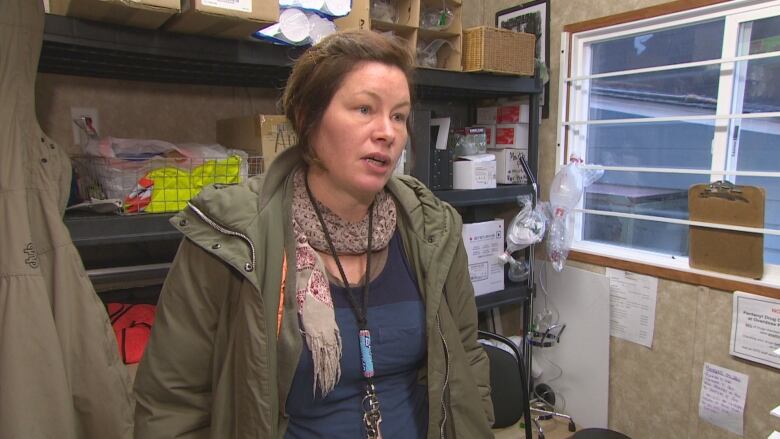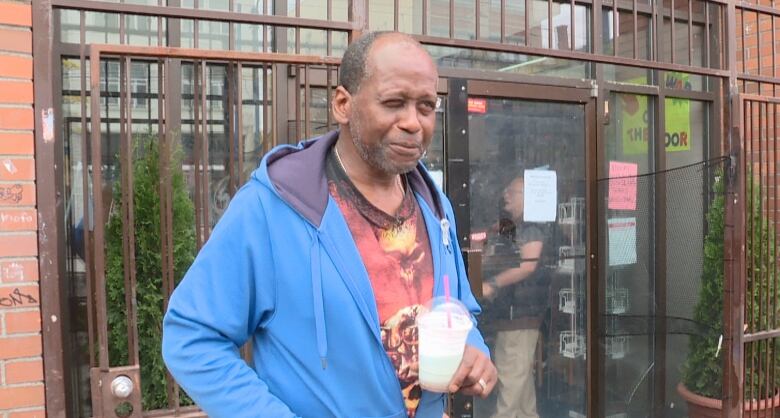Vancouver overdose report calls for more funding for prevention sites
Users at Vancouver's Overdose Prevention Society site report drug abuse due to psychological, physical pain

A report diving into the root causes of addiction calls for more low-barrier overdose prevention sites.
A new report from the group Data For Good Vancouver analyzed a year's worth ofdata from the Overdose Prevention Society.
Among its key findings: the society, which also has an overdose prevention site on its premises, had 108,803 visits from users between Dec. 25, 2016 to Oct. 9, 2017.
The society, located in Vancouver's Downtown Eastside, averages about 377 visits a day and just over six overdoses per week, according to the report.
"That's a pretty remarkable number that shows the volunteers and the Overdose Prevention Society are doing a really goodjob saving lives and preventing deaths," said Peter Kim, the team lead behind the report.
"This kind of supports and proves that low-barrier harm reduction is extremely effective in saving lives," he added.
Underlying causes of addiction
Researchers also analyzed data voluntarily submitted by users at the prevention site, located along East Hastings Street near Columbia.
According to the report, 44 per cent of participants reported using drugs to alleviate psychological and physical pain.
It's a conclusion that the site's co-founder, Sarah Blyth, had known long before it was in writing.
"Some of them have pain, disease... long-term PTSD, that as soon as they stop using opiates,it comes back," Blythtold CBC News.

Three-quarters of users reported that marijuana was a favourable alternative to their substance use, highlighting that it helps treat pain andmental illness.
"I wouldn't have known that it works," said Blyth, adding that she hopes the findings could inform future policies and treatment options as the provincecontinues to grapple with the public health crisis.
Bridging the gap
The report suggests that increased funding to low-barrier overdose prevention could make a big difference in quelling the impact of the opioid epidemic.
So far,511 people have died of illicit drug overdose in B.C.in 2018.
"Low barrier harm reduction initiatives should be funded accordingly," saidKim."This organization is doing so much with so little and they could be doing so much more in saving even more lives if they had proper government funding."

The Overdose Prevention Society receives funding and support from Vancouver Coastal Health. The health authority also funds similar services at the Vancouver Area Network of Drug Users (VANDU).
VANDU's vice-president Hugh Lampkin says the vast majority of overdose deaths in B.C. could be prevented through sites like the one at the Overdose Prevention Society and VANDU, but stigma and discrimination often keep people from seeking help.
"The people who are dying are dying alone,"said Lampkin. "They don't want other people in the community to find out they're using."
"We're so quick to point the finger andput people down ...and people don't want to take the chance to go out and get the help that they need."












_(720p).jpg)


 OFFICIAL HD MUSIC VIDEO.jpg)
.jpg)



























































































